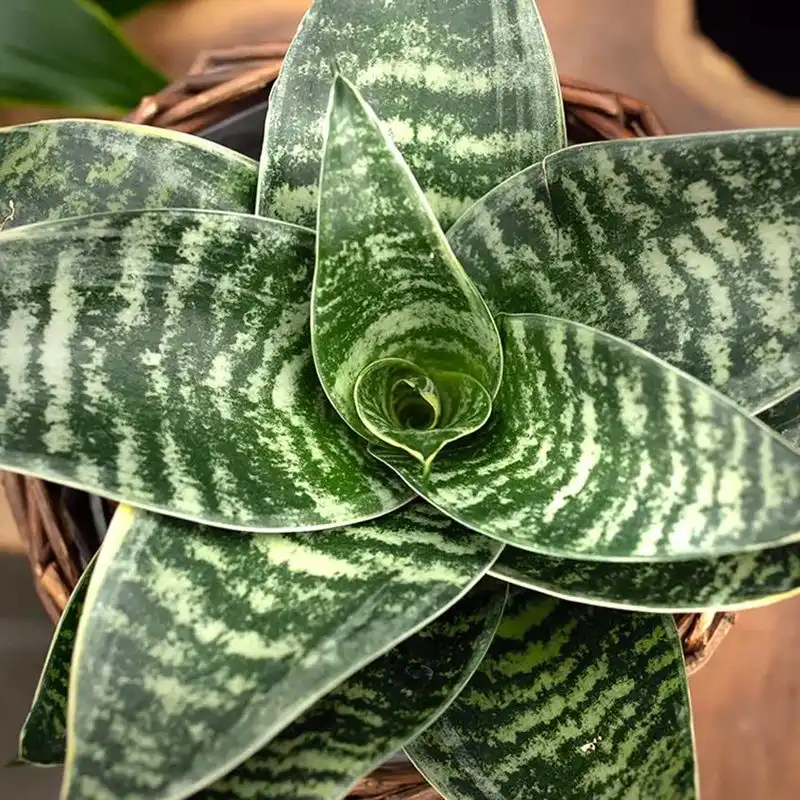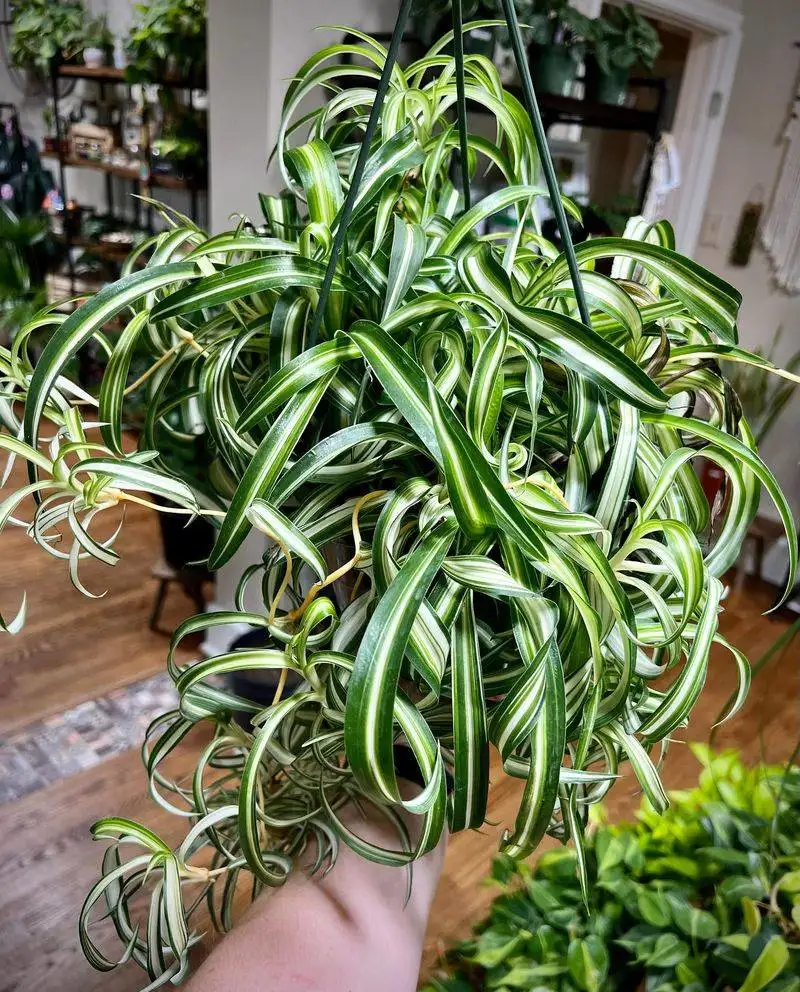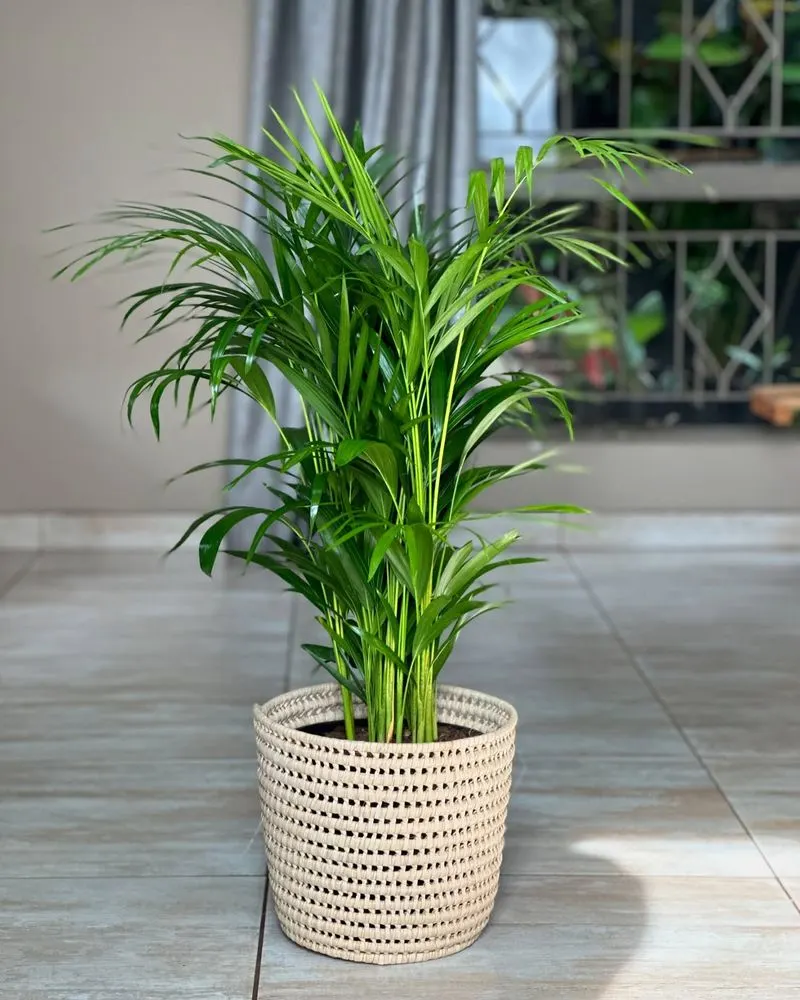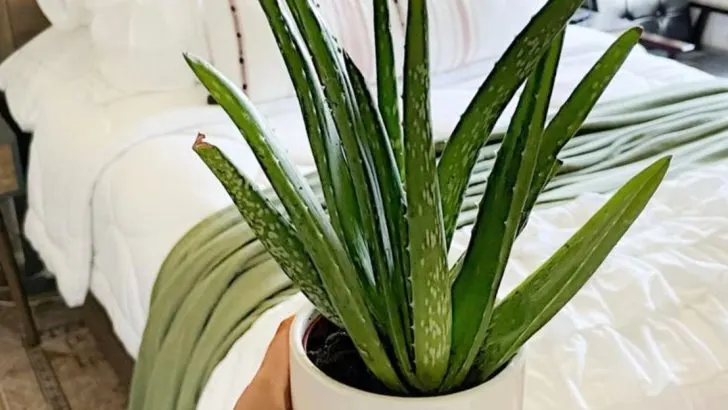In our increasingly connected world, concerns about WiFi and electromagnetic radiation in our homes and gardens are growing. Some gardeners swear by certain plants as natural “EMF shields,” claiming they can absorb or reduce electromagnetic stress—and even improve overall plant health.
But is this just a modern myth, or could plants actually influence the microclimate and electromagnetic environment around them? While science is still catching up, there’s intriguing evidence that some species can help buffer electromagnetic waves or create calming micro-habitats that reduce stress—for both plants and people.
In this article, we’ll explore the science and folklore behind these claims, look at plants traditionally associated with energy cleansing, and consider how your garden might be a natural ally in balancing modern tech impacts.
Aloe Vera

Famous for its soothing gel, Aloe Vera is also believed by some to have properties that mitigate electromagnetic stress. Although there’s no scientific consensus, the plant’s resilience and ability to thrive with minimal care make it popular. Imagine this succulent sitting in your living room, embodying tranquility while allegedly buffering WiFi signals. Its lush, spiky leaves offer more than just aesthetic appeal; they serve as a symbol of resilience against invisible stresses. Whether myth or fact, Aloe Vera certainly adds a touch of green serenity to any space.
Snake Plant

With leaves that stretch like a serpent, the Snake Plant is often touted as a natural air purifier. Some claim it absorbs electromagnetic radiation, although scientific backing is scant. This hardy plant’s unique appearance and low maintenance needs make it a favorite. Picture its striking, upright leaves gracing your office desk, a silent guardian amid the hum of your tech gadgets. Whether or not it truly absorbs WiFi signals, the Snake Plant’s presence is calming, offering a visual break from digital screens.
Cactus

The cactus, a symbol of endurance and adaptability, is also speculated to fend off electromagnetic stress. It thrives in harsh conditions, which might explain the belief in its protective qualities. Visualize a cactus perched on your windowsill, standing guard against city life’s invisible signals. Though there’s no scientific evidence to support this claim, the cactus’s hardy nature and unique structure make it an intriguing addition. Its spiky exterior contrasts with the smoothness of your devices, offering a natural touch.
Peace Lily

Often associated with tranquility and purification, the Peace Lily is rumored to absorb electromagnetic waves. Its graceful white blooms add elegance to any setting, whether or not it actually mitigates WiFi stress. Envision this plant in your library, offering a soothing presence amidst the buzz of electronics. Its lush leaves and striking flowers provide a refreshing contrast to the metallic and plastic surfaces around. The Peace Lily’s allure lies in its beauty and the hopeful myth of its protective capabilities.
Spider Plant

Characterized by its cascading leaves, the Spider Plant is celebrated for its air-purifying prowess. Some extend this reputation to electromagnetic absorption. Picture a Spider Plant hanging in your bohemian apartment, its leaves dancing around as if to ward off technological intrusions. While science hasn’t confirmed its role in absorbing WiFi signals, its aesthetic charm and air-cleansing abilities make it a desirable companion. Whether myth or reality, the Spider Plant’s whimsical nature is undeniably appealing.
Bamboo Palm

This elegant plant is often highlighted for its air-purifying ability and is sometimes believed to combat electromagnetic pollution. Picture a Bamboo Palm in your office, its graceful fronds providing a soothing backdrop to your workspace. While its role in absorbing WiFi signals is debatable, its lush greenery adds a splash of nature to an otherwise tech-heavy environment. The Bamboo Palm’s stately presence offers a refreshing blend of sophistication and serenity amid the digital chaos.
English Ivy

Adorning walls with its lush vines, English Ivy is often credited with air-purifying qualities. Some believe it also shields against electromagnetic stress. Imagine its verdant tendrils climbing your smart home walls, creating a green tapestry amid screens and gadgets. Although evidence for its WiFi absorption is anecdotal, the visual appeal of English Ivy is undeniable. Its creeping nature provides a natural curtain against the technological world, offering an organic touch to modern interiors.

